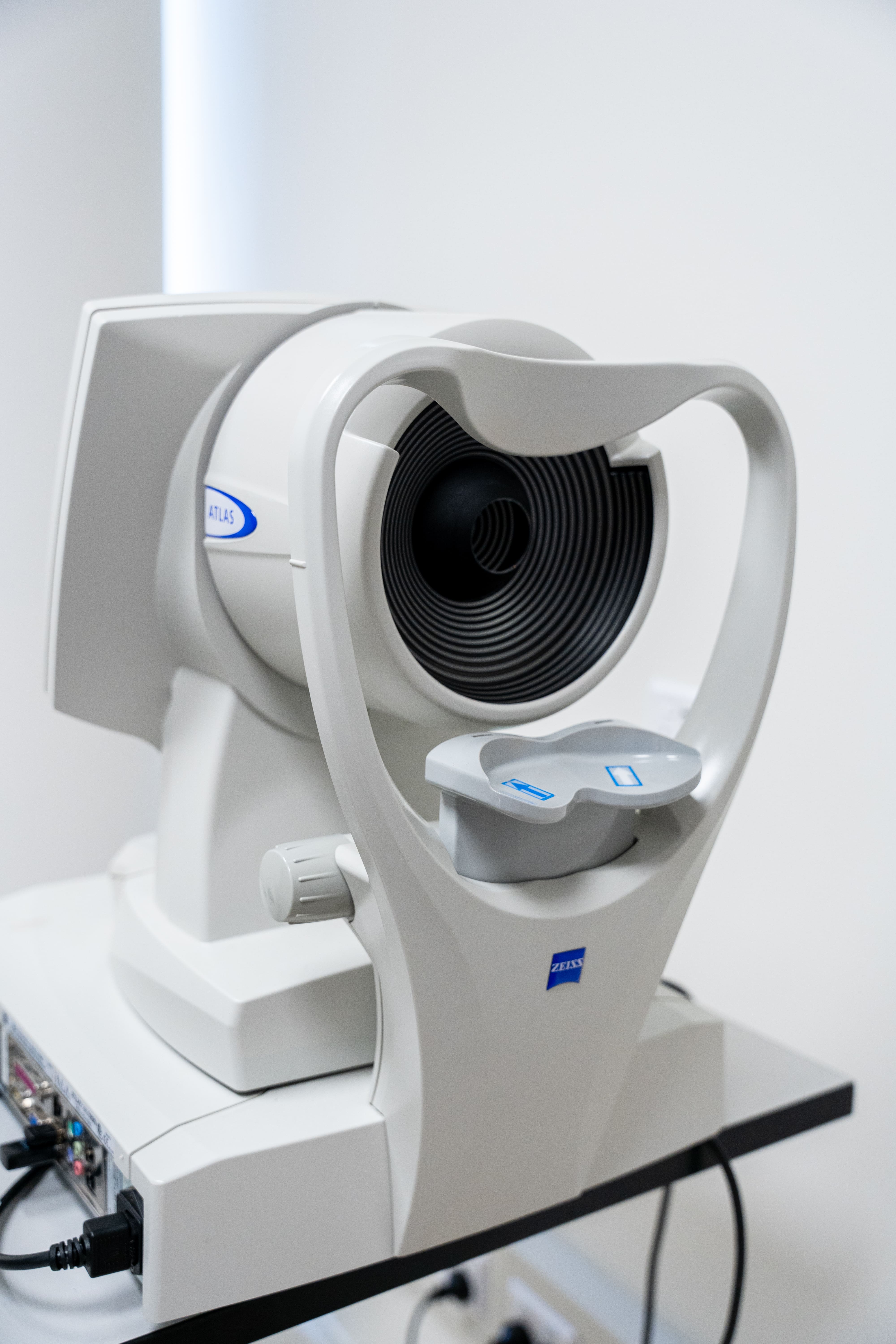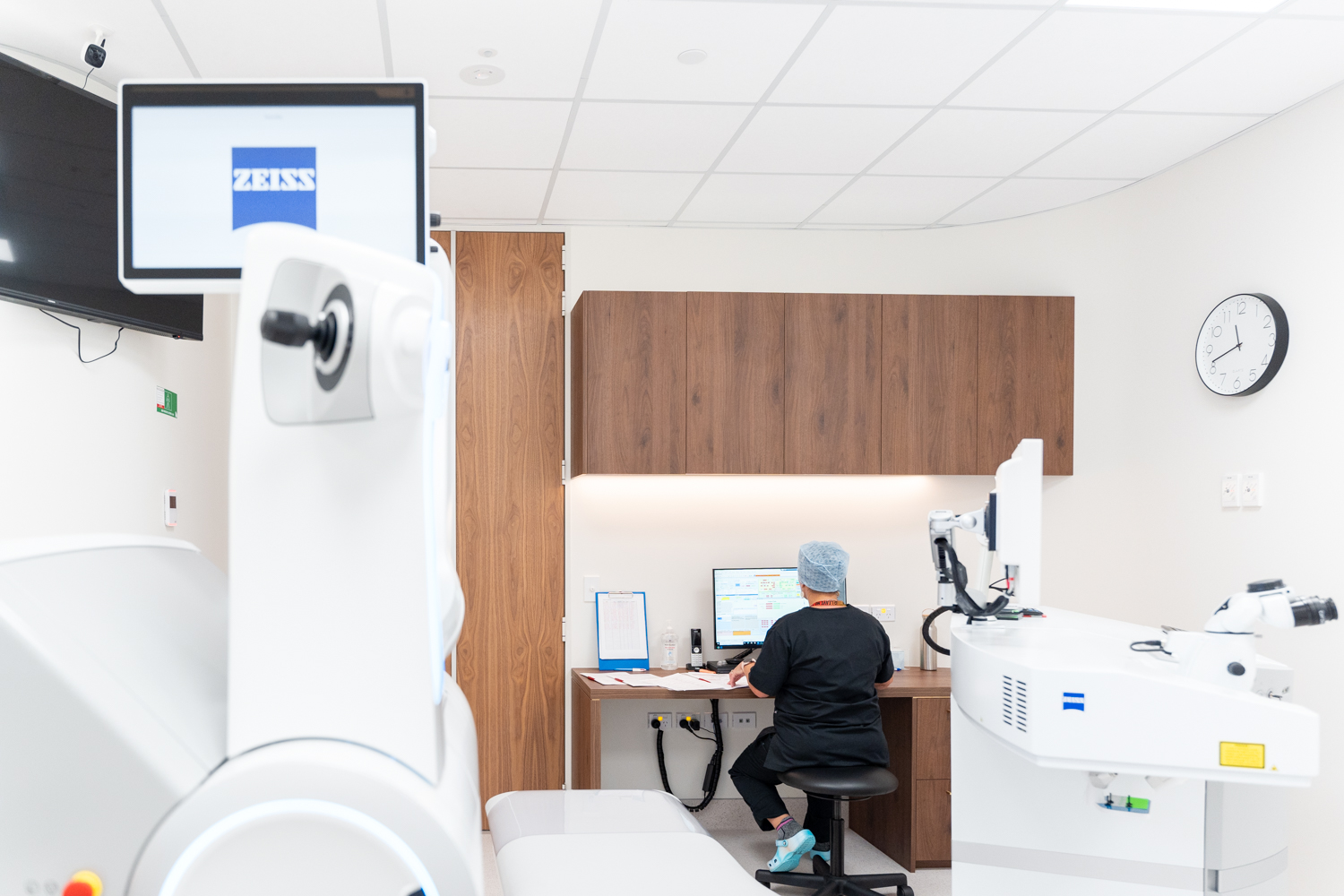Hyperopia
Also called farsightedness, a vision condition where distant objects are seen clearly but close ones appear blurry.


For over 30 years, we’ve helped thousands of Kiwis see clearly with expert care built on trust and real results. From your first consultation to post-surgery support, we’re here with personal, consistent care you can count on.

We go beyond the standard by partnering with ZEISS, a global leader in optical technology. Their advanced laser systems allow for precise, personalised treatment and consistently safe results across a wide range of vision conditions.
.jpg)
Our expert team supports you through every step of your laser eye journey, from surgery to personalised aftercare. With detailed post-op checks and ongoing follow-ups, we make sure you feel confident, informed and cared for.
Hyperopia
Hyperopia, also known as farsightedness, is a condition of the eyes in which distant objects appear in clearer focus than do objects closer to the eye. As a result, nearby objects appear blurry. The eye is designed to focus images directly on the surface of the retina; with hyperopia, light rays focus behind the surface of the retina, producing a blurred image. Hyperopia occurs if the eyeball is abnormally short, the cornea has too little curvature, or the lens is situated too far back in the eye.
In addition to the anatomical causes mentioned, farsightedness may be hereditary or may be the result of certain eye diseases, such as retinopathy or eye tumors. It may also be caused by weakened focusing power.
Symptoms of Hyperopia
Individuals with hyperopia often have difficulty keeping close objects in focus and may, therefore, experience difficulty maintaining concentration. They may also experience some or all of the following symptoms:
- Eye strain or fatigue
- Trouble reading fine print
- Difficulty performing tasks requiring close focus
- Headaches after reading or other close work
- Aching or burning eyes
- Blurred vision, particularly at night
Young children may have no symptoms with this condition. When it is severe, however, children who suffer from farsightedness may:
- Have headaches
- Rub their eyes frequently
- Have trouble with, or be disinterested in, reading
Children with hyperopia may also exhibit symptoms of strabismus (crossed eyes).
Diagnosis of Hyperopia
A comprehensive eye examination is necessary to detect hyperopia. Parents should be aware that typical vision screenings performed in schools do not usually detect farsightedness. During a thorough eye examination, the ophthalmologist may perform several of the following tests in order to definitively diagnose any visual problems:
- Slit-lamp examination
- Visual acuity exam
- Examination of the retina
- Refraction test
- Glaucoma test
- Dilated eye examination
For some types of vision tests, drops are administered to dilate the pupils. In some cases, a stain (fluorescein) is administered to give the doctor a more delineated view of the cornea.
Treatment of Hyperopia
For a great many people who are farsighted, the condition does not present any real problem since they are able to adjust their focus well enough to function without difficulty. In more severe cases, however, prescribed corrective lenses, worn as eyeglasses or contact lenses, may be necessary. For farsighted individuals, prescribed corrective eyeglasses are normally worn only for reading or other close work. Most people with the condition require prescription lenses as they get older, since hyperopia worsens during the aging process.
Surgery is also a treatment option for patients with hyperopia. In mild cases, surgical procedures to reshape the cornea may be performed. Two common ones are LASIK (laser-assisted in situ keratomileusis) and PRK (photorefractive keratectomy). When the farsightedness is severe, the lens of the eye can be replaced with an implanted lens

Ready to See Clearly?
Join thousands of New Zealanders who’ve trusted Laser Eye Centre Hamilton to transform their vision.





.jpg)
